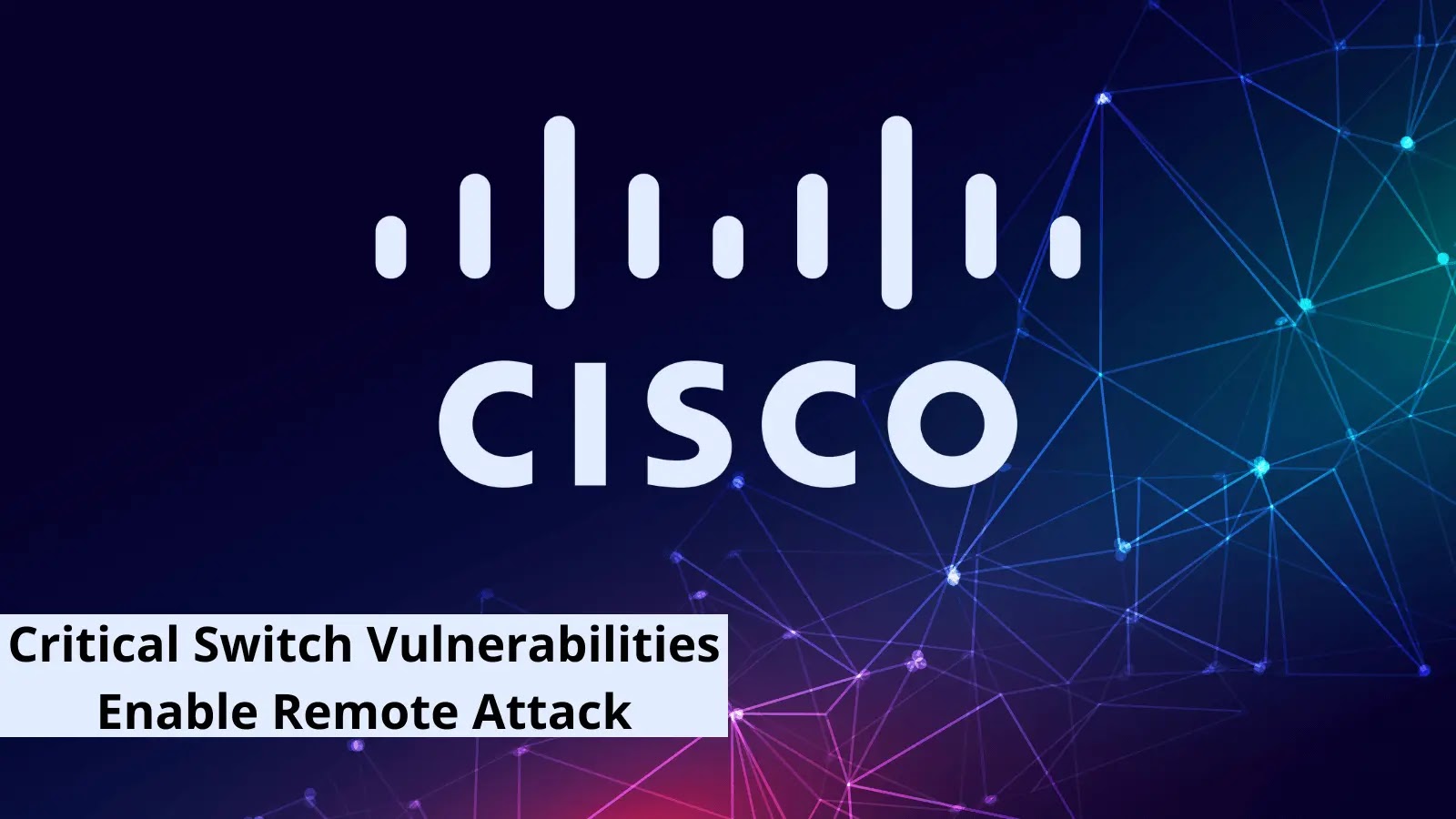In recent months, cybercriminals have increasingly targeted unsecured Docker API servers to execute crypto mining attacks. These attacks often involve deploying SRBMiner, a popular cryptocurrency mining tool, on vulnerable servers, leveraging their processing power to mine cryptocurrency without the server owner's consent. Understanding how these attacks work, the risks they pose, and the steps to defend against them is crucial for securing Docker environments.
What Is SRBMiner and Why Target Docker?
SRBMiner is a software tool used for mining various cryptocurrencies, especially those based on algorithms like Cryptonight and KawPow. When controlled by an attacker, SRBMiner can be deployed across multiple compromised systems, mining cryptocurrency on a large scale and funneling profits to the cybercriminals’ wallets.
Docker API servers, in particular, have become a popular target due to their frequent misconfigurations, which can expose them to the internet with little to no authentication. Attackers scan for exposed Docker servers and use automated scripts to deploy SRBMiner instances across these servers, hijacking system resources and often rendering legitimate processes sluggish or unresponsive.
How the Attack Works: Steps Taken by Cybercriminals
- Scanning for Exposed Docker API Servers
Cybercriminals use scanning tools to identify Docker API endpoints with open ports. Port 2375 is commonly targeted, as this port typically provides unauthenticated access to Docker daemons. - Deploying Malicious Docker Containers
Once a vulnerable server is identified, attackers deploy a malicious Docker container configured to run SRBMiner. This container then uses the host's CPU and GPU resources for cryptocurrency mining. - Resource Hijacking and Malware Persistence
Attackers configure SRBMiner to run persistently, utilizing system resources continuously. Additionally, they may implement mechanisms to reestablish control in case the container is removed, such as deploying hidden scripts or additional containers. - Profit Extraction
All mined cryptocurrency is routed directly to the attackers' wallets. As this process continues, the victim’s system resources are drained, often resulting in degraded performance, increased energy consumption, and higher operational costs.
Indicators of SRBMiner Attacks on Docker Servers
Several signs indicate that a Docker server may be compromised:
- High CPU and GPU Utilization: Elevated resource usage, especially during periods of low legitimate traffic, is a common indicator of crypto mining malware.
- Unexpected Docker Containers: Unrecognized containers in the Docker environment may signal unauthorized access.
- Reduced Server Performance: Slower processing speeds, lagging applications, or frequent server crashes can suggest a compromised Docker server.
- Increased Operational Costs: Higher energy consumption and cloud infrastructure bills can result from resource-intensive crypto mining.
Defending Against SRBMiner and Similar Docker API Attacks
Organizations can protect against Docker-based crypto mining attacks by implementing several security measures:
- Restrict API Access
Secure Docker API endpoints by limiting access to trusted IP addresses and users. Avoid exposing Docker API ports directly to the internet, and use firewall rules to filter incoming traffic. - Enable Authentication and TLS Encryption
Enforce authentication and TLS encryption for Docker API servers. Proper encryption prevents unauthorized users from accessing the server, while authentication ensures only legitimate users have access. - Monitor Server Activity
Regularly monitor server resource usage and activity logs for any signs of suspicious behavior. Implement automated monitoring tools to detect abnormal usage patterns and receive alerts when they occur. - Implement Least Privilege and Access Controls
Follow the principle of least privilege by restricting user access rights to the minimum necessary for operations. Access control measures limit the ability of unauthorized users to deploy or modify containers. - Regularly Patch and Update Docker Environments
Keep Docker environments, including API servers and associated software, up to date with the latest security patches. Regular updates reduce the risk of exploitation by addressing known vulnerabilities.
Conclusion
Cybercriminals continue to exploit vulnerabilities in Docker API servers to deploy SRBMiner and other crypto mining malware, hijacking resources for unauthorized cryptocurrency mining. By securing Docker APIs, implementing strong authentication and monitoring practices, and following security best practices, organizations can mitigate the risk of such attacks and ensure a stable, secure Docker environment. Awareness of the tactics employed in these attacks enables better defenses, helping organizations protect both their infrastructure and operational efficiency.


.jpg)


